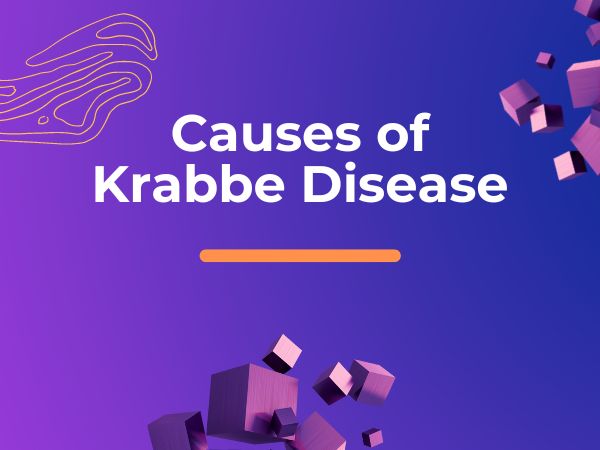Topics
Table of Contents
Krabbe Disease, also known as globoid cell leukodystrophy, is a rare and progressive genetic disorder that affects the nervous system. It’s named after the Danish neurologist Knud Krabbe, who first described it in 1916. This debilitating condition primarily targets the myelin sheath, the protective covering of nerve fibers in the brain and throughout the nervous system. Here’s a comprehensive overview of Krabbe Disease, including its types, signs, symptoms, causes, prevention, treatment options, diagnosis, and potential home remedies:
Types of Krabbe Disease

There are two main types of Krabbe Disease:
- Early-Onset Krabbe Disease: This form of the disease typically appears within the first few months of life and progresses rapidly, leading to severe neurological symptoms and a shortened lifespan.
- Late-Onset Krabbe Disease: This variant usually manifests later in childhood or even adulthood, with a slower progression and less severe symptoms compared to the early-onset type.
Signs and Symptoms

The signs and symptoms of Krabbe Disease can vary depending on the age of onset and the progression of the disease. However, common symptoms may include:
- Irritability
- Feeding difficulties
- Muscle stiffness
- Seizures
- Loss of developmental milestones
- Vision loss
- Hearing loss
- Difficulty swallowing
- Decline in motor skills
- Paralysis
- Cognitive decline
- Respiratory issues
Causes of Krabbe Disease

Krabbe Disease is caused by mutations in the GALC gene, which encodes an enzyme called galactocerebrosidase. This enzyme is responsible for breaking down certain fats in the nervous system. When the GALC gene is mutated, the enzyme activity is reduced or absent, leading to the accumulation of toxic substances within cells, particularly in the myelin-producing cells of the nervous system. This accumulation ultimately destroys myelin and the death of nerve cells, leading to the characteristic symptoms of Krabbe Disease.
Prevention
As Krabbe Disease is a genetic disorder, it cannot be prevented through lifestyle changes or environmental interventions. However, genetic counseling and prenatal testing may be options for couples who have a family history of the disease or who are carriers of the mutated gene.
Treatment of Krabbe Disease

Currently, there is no cure for Krabbe Disease. Treatment options are mainly focused on managing symptoms and improving the quality of life for affected individuals. These may include:
- Medications to manage seizures and alleviate symptoms such as muscle stiffness and pain.
- Physical therapy to maintain mobility and prevent contractures.
- Occupational therapy to help individuals maintain independence in daily activities.
- Speech therapy to address communication and swallowing difficulties.
- Supportive care to manage respiratory issues and provide palliative care as the disease progresses.
Diagnosis
Diagnosing Krabbe Disease often involves a combination of clinical evaluation, imaging studies such as MRI, nerve conduction studies, and genetic testing to identify mutations in the GALC gene. Early diagnosis is crucial for implementing appropriate interventions and support services for affected individuals and their families.
Home Remedies and Supportive Care

While there are no specific home remedies for treating Krabbe Disease, supportive care, and a nurturing environment can significantly improve the quality of life for affected individuals. This may include:
- Creating a safe and accessible living environment.
- Providing emotional support and counseling for affected individuals and their families.
- Engaging in activities that promote sensory stimulation and social interaction.
- Ensuring proper nutrition and hydration to maintain overall health and well-being.
- Regular monitoring of symptoms and response to treatment by healthcare professionals.
In conclusion, Krabbe Disease is a devastating neurological disorder that poses significant challenges for affected individuals and their families. While there is currently no cure, ongoing research efforts hold promise for potential treatments and interventions in the future. In the meantime, early detection, comprehensive supportive care, and access to specialized services can make a meaningful difference in the lives of those living with Krabbe Disease.
